
How to Estimate Plumbing Costs for a New Home – Complete Plumbing Cost Estimates Guide
Building a new home involves many moving parts, and one of the most critical and costly is plumbing. Getting plumbing cost estimates early in the project helps homeowners avoid unexpected expenses and manage budgets more effectively. From rough-ins to fixture installations, understanding how to estimate plumbing costs ensures that your system is efficient, code-compliant, and cost-effective.
In this guide, we break down the key factors affecting plumbing estimates, how to reduce costs, and what tools or methods can help you get the most accurate plumber cost estimate for your new home.
1. Understanding the Scope Behind Plumbing Cost Estimates
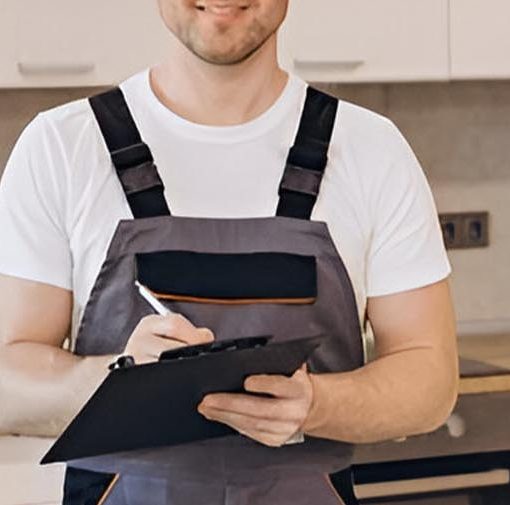
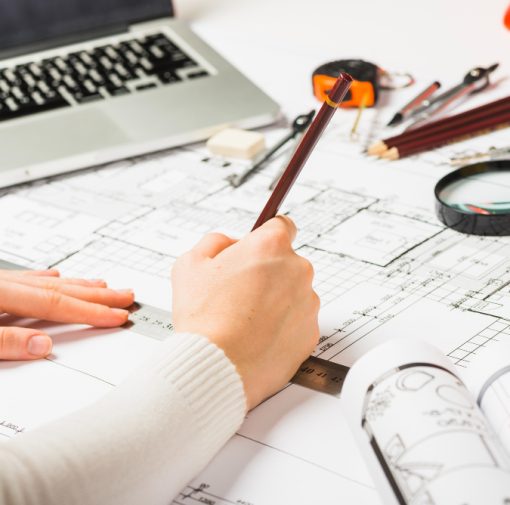

Before calculating any numbers, it’s essential to understand the full scope of plumbing work in new construction. This includes:
- Rough-in plumbing: Installation of pipes before walls/floors are sealed.
- Final plumbing: Connecting fixtures like sinks, toilets, and faucets.
- Drainage and venting: Ensuring air flow and waste removal.
- Appliance hook-up: For dishwashers, water heaters, and laundry systems.
This foundational understanding helps produce more accurate plumbing cost estimates tailored to your home’s size and needs.
2. Plumbing Design: A Major Factor in Your Plumbing Estimates
The layout of your plumbing system heavily influences your total plumber cost estimate. Strategic planning leads to long-term savings.
A. Cost-Efficient Layouts
Placing bathrooms, kitchens, and laundry rooms close together can reduce the need for long runs of pipe, lowering labor and material costs.
B. Future-Proofing Your Plumbing
Include access panels and plan for future expansions to minimize future disruption and cost.
C. Code Compliance
Designing in line with local codes avoids costly rework and inspection failures—essential when creating accurate plumbing estimates.

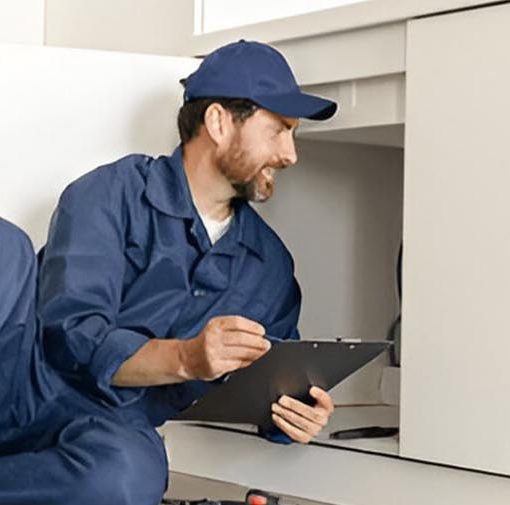

3. Key Factors That Influence Plumbing Cost Estimates
Several variables contribute to the total plumbing costs estimator result:
- Home size: More square footage = more pipes and labor.
- Number of fixtures: Each sink, toilet, or tub adds material and labor.
- Materials used: Copper piping vs. PEX, standard vs. luxury fixtures.
- Labor rates: Vary significantly by region and whether union labor is required.
- Permits and inspection fees: Often overlooked in early plumbing cost estimates.
4. How to Estimate Plumbing Costs Effectively
Here’s a step-by-step overview of how to estimate plumbing costs for a new home:
- Get accurate floor plans – Identify all wet areas (kitchen, bathrooms, laundry).
- Choose fixture types – Include quality and style preferences.
- Calculate pipe runs – Measure the approximate lengths of hot and cold lines.
- Add material costs – Pipes, fittings, fixtures, and valves.
- Factor in labor – Use a local plumber cost estimate per hour.
- Include permit costs – Varies by municipality.
- Consider installation complexity – Crawl spaces, basements, and second floors may increase difficulty and cost.
This structured approach ensures your plumbing estimates are realistic and aligned with market pricing.
5. Common Mistakes in Plumbing Estimates (And How to Avoid Them)

Getting plumbing costs wrong can blow up your budget. Avoid these common pitfalls:
- Underestimating rough-in work – It’s labor-intensive and forms the backbone of your system.
- Forgetting permit and inspection costs – These are non-negotiable in most jurisdictions.
- Using luxury fixtures without planning – Designer fittings can quickly double your plumber cost estimate.
- Ignoring drainage slope and venting needs – Can lead to future code violations or rework.
A reliable plumbing costs estimator factors all of these into the final bid.
6. How to Reduce Plumbing Costs Without Compromising Quality
Even with rising construction costs, you can lower your plumbing cost estimates by being strategic:
- Plan ahead: Have a finalized plumbing layout before construction begins.
- Choose mid-range fixtures: Balance aesthetics, functionality, and cost.
- Use PEX piping: It’s more affordable and easier to install than copper.
- Bundle work: Schedule all plumbing at once to avoid multiple call-outs.
- Avoid last-minute changes: They lead to delays, rework, and budget overruns.
7. Tools to Help You Create Accurate Plumbing Cost Estimates
For DIY budgeting, you can use online plumbing cost estimator tools. These calculators typically request:
- Square footage
- Number of bathrooms
- Pipe material
- Fixture preferences
- Local ZIP code for labor rates
While helpful, these tools should not replace a professional plumber cost estimate, especially for larger or more complex builds.
We are Certified Estimation company in USA




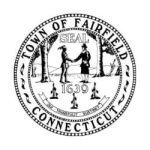


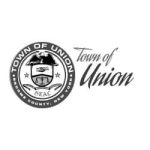


8. Why Professional Plumbing Estimates Matter
When you’re ready to build, don’t rely on guesswork. Here’s what you get from a licensed plumbing contractor:
- Line-by-line itemization of materials and labor
- Accurate timelines
- Warranty and service termsCode compliance assurance
Gather 2–3 detailed bids to compare pricing, timelines, and scope. This is the best way to ensure your plumbing estimates are fair and realistic.
9. FAQs – Plumbing Cost Estimator Insights
Q1: How much does it cost to plumb a new home?
A: National averages range from $8,000 to $20,000 depending on home size, materials, and labor.
Q2: Is it better to get multiple plumbing cost estimates?
A: Yes. Comparing at least three plumber cost estimates helps identify outliers and negotiate better deals.
Q3: Can I estimate plumbing costs myself?
A: You can get rough figures with online calculators, but professional plumbing estimates provide the most accuracy.
Q4: Are permits included in plumbing estimates?
A: Reputable contractors include them, but confirm it’s itemized in your quote.
Conclusion
Whether you’re building your dream home or managing a construction project, understanding how to estimate plumbing costs gives you control and clarity. From planning and material choices to labor and permits, accurate plumbing cost estimates ensure that your plumbing system is functional, efficient, and financially manageable.
Working with licensed professionals and using tools like plumbing costs estimators helps you avoid surprises and stay on budget while securing long-term value for your home.
